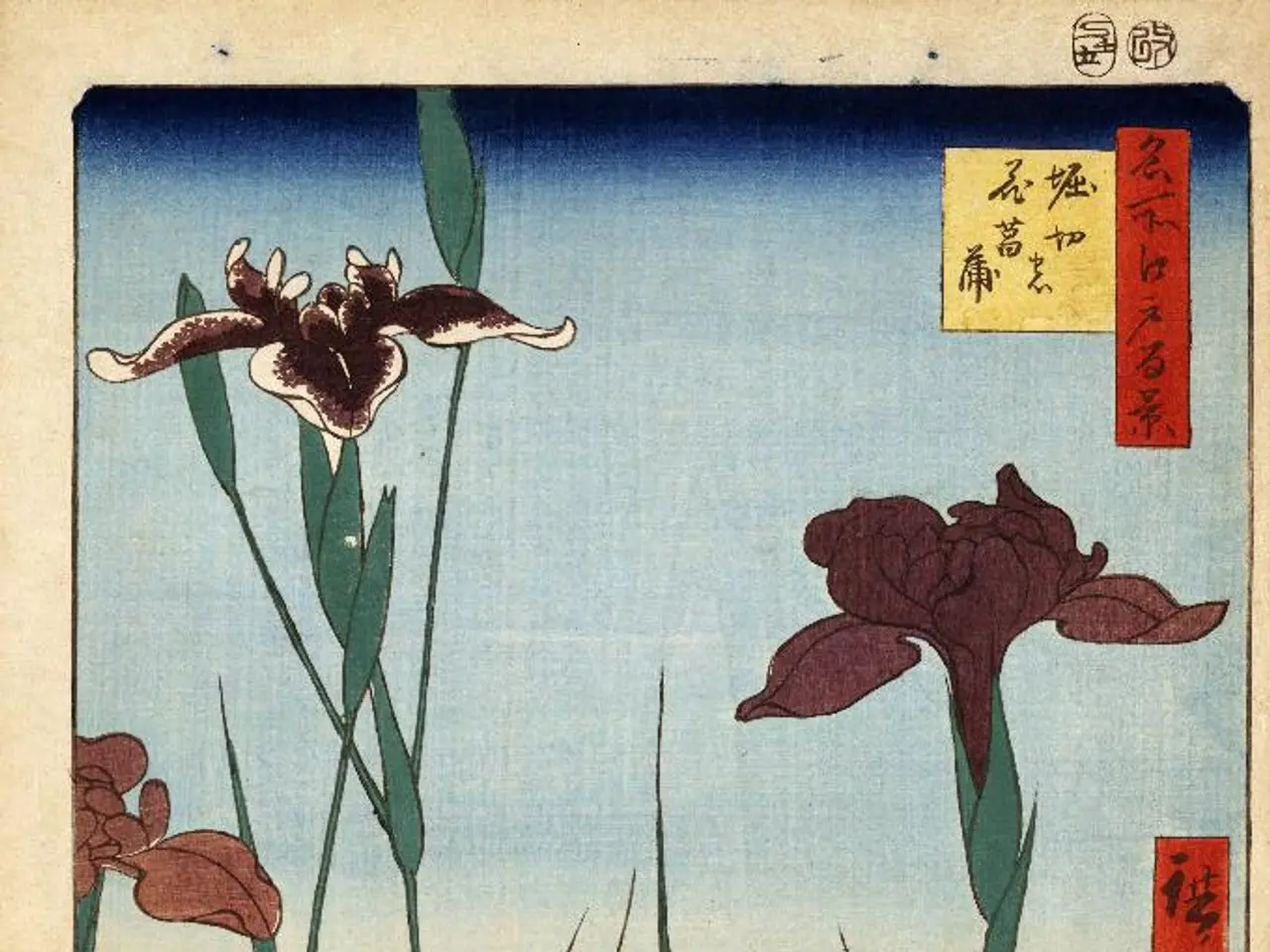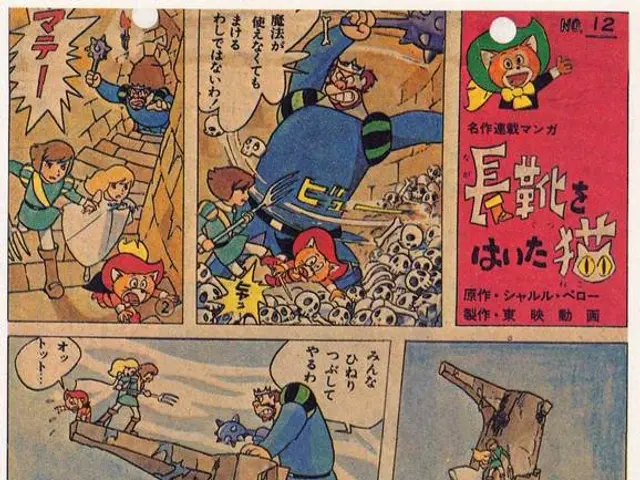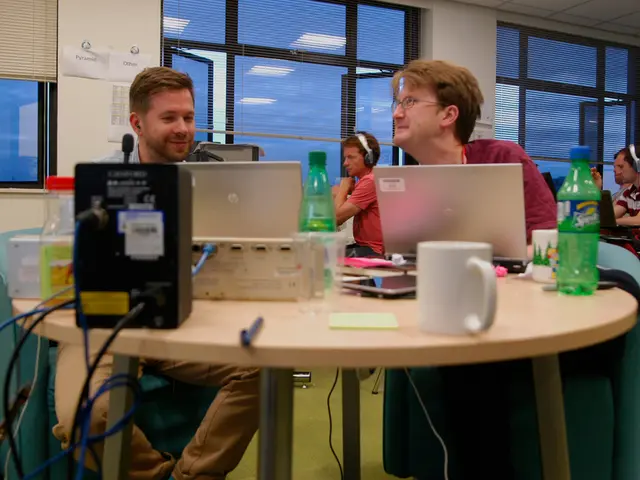Alarm Raised Over SpaceX's AS91158 Beanzer Satellite Stunt
A new and exciting senior biology teaching program titled "Where have all the takahē gone?" is set to engage students in the conservation history, ecological importance, and survival challenges of the flightless bird native to New Zealand. The program, supported by the Biology Educators Association of New Zealand (BEANZ), is part of the Takahē Recovery Programme and is related to the Biology 2.6 Achievement Standard 91158.
The takahē, nicknamed the “bird of dreams,” symbolizes the fragile balance of survival amidst environmental changes. Its habitat and conservation efforts are primarily based in New Zealand’s South Island, a region known for its rich biodiversity and strong conservation and education efforts.
The "Where have all the takahē gone?" program integrates biological concepts with real-world conservation challenges, providing students with teaching resources such as detailed species information, ecological data, and conservation case studies centered on the takahē. Students may also engage with assessment materials like research projects, case analyses, and challenges inspired by ongoing recovery programs.
The program may incorporate QAAMed (Quality Assurance and Assessment Medical Education) approaches, ensuring assessments meet educational standards. While explicit QAAMed resources related to this program are not listed, the inclusion of assessment materials implies structured evaluation aligning with senior biology curricula. QAAMed typically refers to ensuring assessment quality and reliability, so the program may employ formal rubrics and standardized methods for evaluating student understanding of ecological and conservation biology topics related to takahē.
The QAAMed materials, which include a marking scheme, assessment schedule, rubric, and student exemplars, can be found on the BEANZ website. Biology educators can have confidence in using these materials, as they are Quality Assured Assessment Materials.
In addition to the program, related resources and activities include field experiences or virtual tours related to the takahē, educational challenges and internship opportunities linked to conservation engineering and design, and integration with New Zealand’s tertiary education institutions that offer programs in environmental science and biodiversity.
Links to related resources can be found in the article titled "Takahē - a context for learning." The takahē's story offers an immersive, senior-level biology educational experience that uses real-world conservation efforts to teach important ecological concepts. By engaging with this program, students will not only gain a deeper understanding of the takahē but also develop essential skills for solving real-world conservation challenges.
- This immersive senior-level biology educational experience, based on the conservation challenges of the takahē, also extends into health-and-wellness and education-and-self-development areas, as it empowers students to tackle real-world conservation issues, fostering critical thinking and problem-solving skills.
- Moreover, the integration of this program with New Zealand's tertiary education institutions focusing on environmental science and biodiversity aligns it with the broader goals of science, health-and-wellness, and education-and-self-development, offering students a holistic learning experience that promotes a sustainable future.




